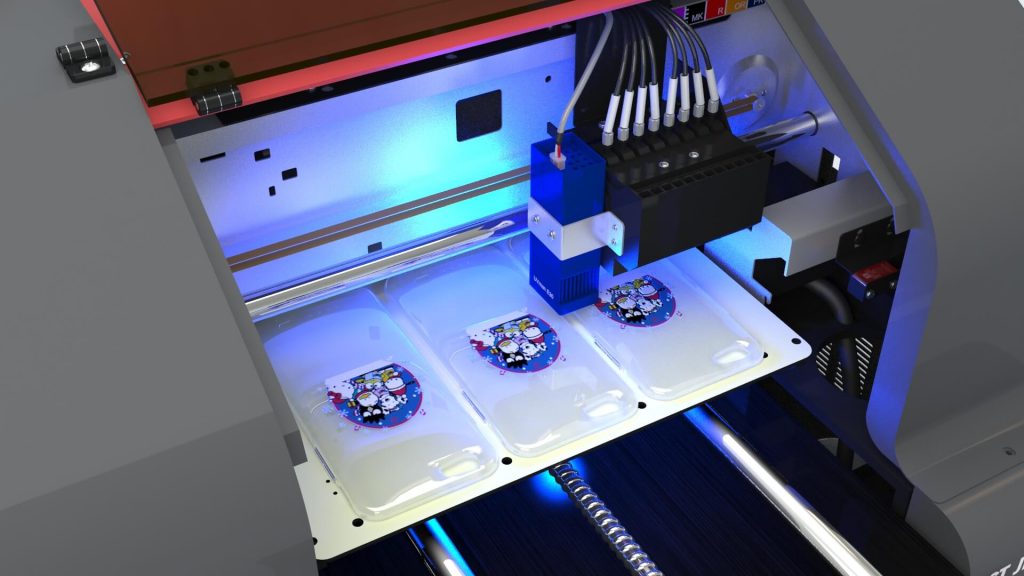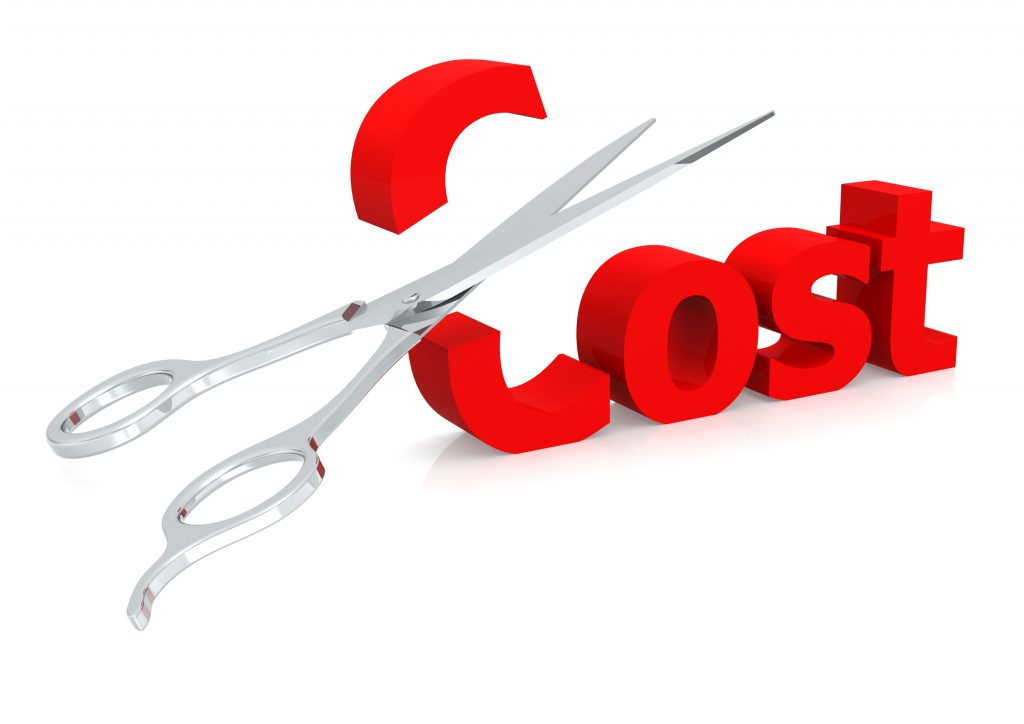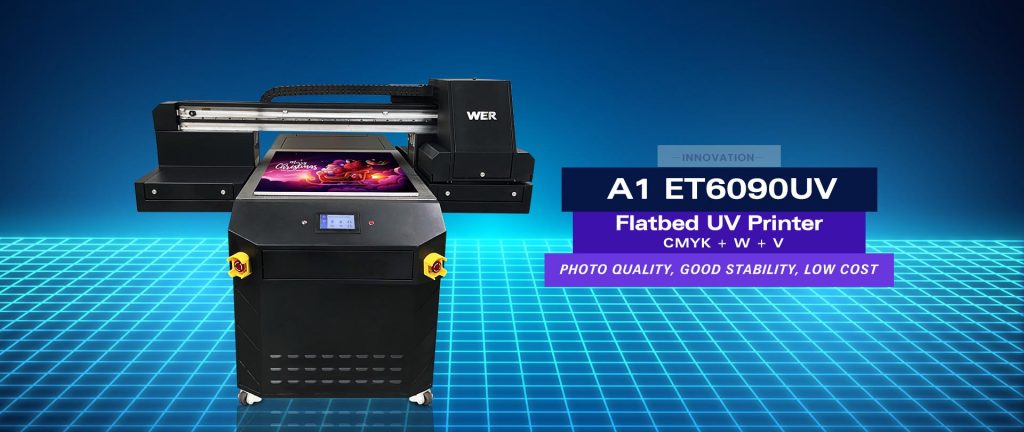Having the ability to quickly create a realistic package prototype that impresses a potential client with its detail and accuracy can make all the difference in the world when it comes to winning business in today’s competitive marketplace. Until recently, the problem has been how to easily and effectively achieve this level of realism – a prototype that closely matches the final product – cost-effectively and within a short window of time. Using specialized proofing equipment or stopping the press to run samples can cause considerable inconvenience not to mention thousands of dollars of lost production revenue. Today’s advanced digital UV inkjet printers and printer offer companies specializing in flexographic printing an effective, affordable, user-friendly solution.
How Digital UV Inkjet Printers are Revolutionizing the Pre-Press Process
Incorporating state-of-the-art technology, UV inkjets are capable of producing realistic package prototypes in hours instead of days or weeks, without the long set-up time, waste, and returns associated with traditional package prototyping methods. In addition to enabling flexo printers to create high-quality prototypes in-house and in record time, the ability of UV devices to print on virtually any substrate allows for the creation of package prototypes using materials identical to those used in the final print run. The advanced features of UV inkjet printers also make it possible to incorporate unique, eye-catching varnish and embossing effects that add value and appeal to any prototype. These innovative UV devices are opening up new profit centers as well, allowing flexographic printers to accept shorter runs and new types of print jobs that previously wouldn’t have been economically feasible.
By making it possible to create detailed, realistic prototypes without taking the press offline or outsourcing, a digital UV inkjet printer, such as those within WER series, can save valuable time reducing both cost and labor. Because these machines are capable of printing directly onto the flexible substrates and clear films often used in flexo jobs – including PET, PP and shrink wrap – accurately matching colors and providing “proof of concept” becomes a much easier task. A packaging design firm, flexo printer, or converter that adds a UV printer into its daily workflow can show a prospective customer a prototype that resembles the final, finished product in every respect – right down to the client’s desired packaging material – within hours.
Proofing
A big part of the pre-press process is proofing, which can be an expensive and painstaking process. In a flexo operation, even a single proof or comp requires creating plates, which adds labor and material cost to the job. While many shops rely on water-based inkjet proofing devices to curb costs and produce proofs, these platforms don’t always support the types of films and other substrates used to produce flexible packaging. And, prototypes produced on substrates differing from those used in the final product – even if those differences are subtle – can cause problems when the job goes to production. The emergence of UV-LED inkjet printers addresses this dynamic.
These devices deliver both the precise color imaging of water-based inkjets and the broad media support needed to effectively simulate on-press results, at a fraction of the time and cost.
Finishing
Package designers and brand managers often wish to see a variety of packaging options that differentiate their products from competitors while capturing the look and feel of finished goods. UV printers and printer/cutters offer a variety of finishing options. Clear-Coat ink offers the ability to add matte or gloss varnishing effects for highlights or floods that closely match the final printed product. You can even simulate embossing for brand names or special effects.
Low Heat Curing

Although UV inkjet printing has been around for quite a while until recently, it was limited by the nature of its curing technology. Conventional UV lamps can reach temperatures as high as 1500°F (800°C), virtually eliminating the possibility of printing on any heat-sensitive material. Today’s UV-LED lamps, generate very little heat, allowing them to print on a wide variety of films used in flexible packaging, including clear, metallic, colored, and shrink.
Low Operating Costs

Low cost of operation is another UV-LED technology benefit. The cost of producing a sample on a UV-LED device can be as low as a few cents per sample. Compare that to an estimated dollar-per-sample cost basis for the same proof generated on a water-based inkjet or $50 to $500 per sample when outsourced. Running a press to produce proof samples is even more expensive. Plus, UV-LED inkjet proofs can be produced on demand – in one or two hours if needed – allowing design and production changes to be implemented in real-time.

Recent Comments